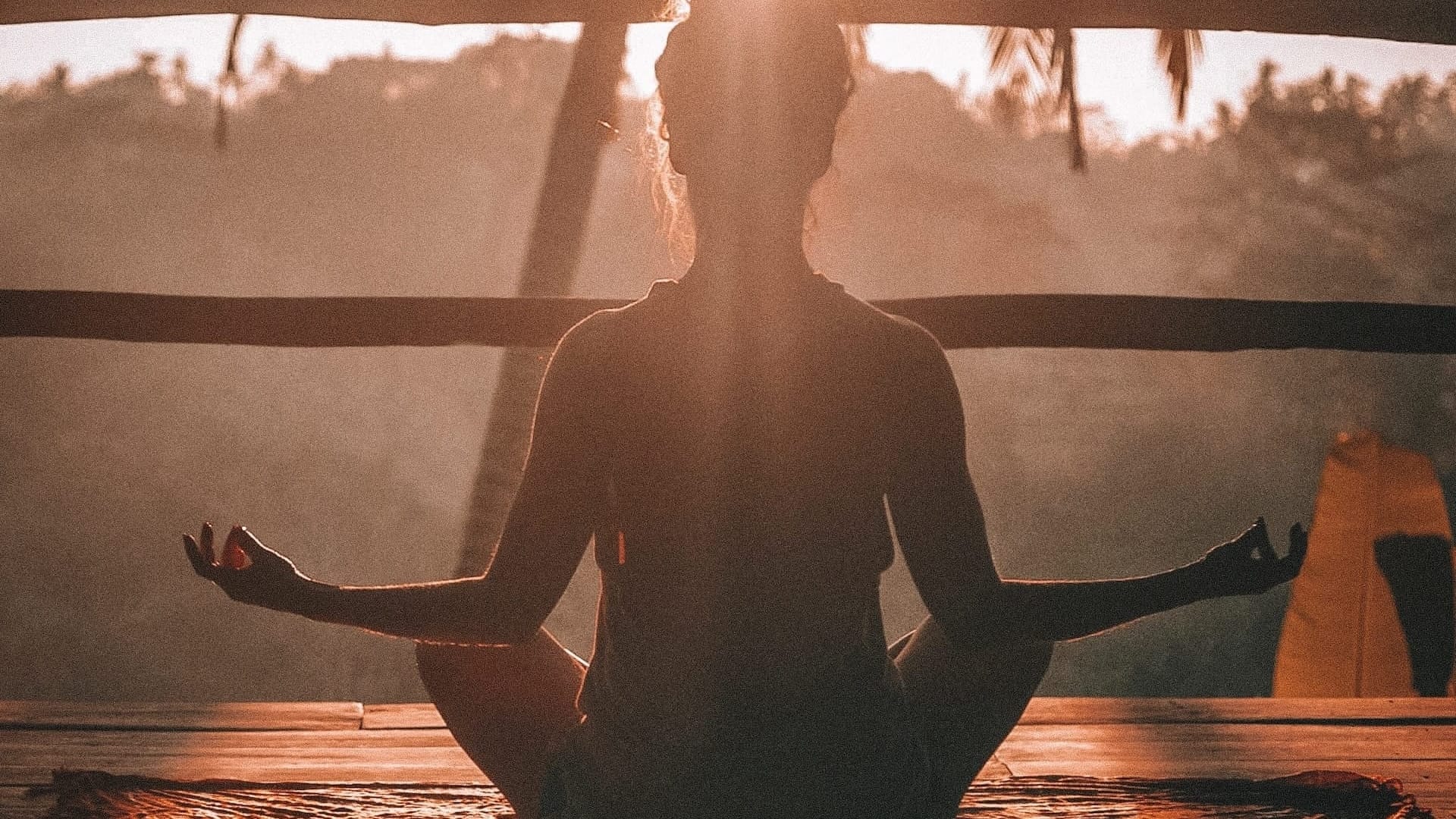7 Techniques to Navigate the Universe of Your Subconscious Mind
Embrace the art of introspection to navigate the rich landscape of your subconscious mind. Discover how techniques like positive affirmations, meditation, free association, daydream visualizations, creative hobbies, prioritizing sleep, and honoring your instincts can lead to profound personal growth and well-being.

In today's digital era, we often overlook the importance of introspection and understanding our subconscious mind. This oversight can disconnect us from our deepest desires and potential.
Think of the subconscious mind as an uncharted territory within ourselves, rich with insights and possibilities. Preparing for this exploration requires readiness and the right tools. It's a journey into the depths of our being, where we discover keys to personal growth and well-being.
Positive Affirmations: Directing Your Subconscious Mind

Positive affirmations are a powerful tool for tapping into your subconscious mind. They bypass the often critical and judgmental conscious mind and directly influence your subconscious. This method is like setting a GPS to your desired destination – straightforward and effective.
Using positive affirmations consistently can transform your internal dialogue. Being positive and supportive in your mind is a crucial change. It helps you achieve your goals. Remove barriers created by self-doubt and negative self-perception.
First, identify the significant issues you need to address. Those are the major obstacles to your goals. Focus on these primary issues rather than minor ones. Write them down for a clear understanding of what to work on.
Tackle one issue at a time, from improving self-confidence to overcoming fear. Find or create a few positive affirmations that specifically address this issue and resonate with you. You can find these affirmations in books, online, or write your own. Ensure they are positive and meaningful to you.
Integrate these affirmations into your daily routine. Speak them aloud, think about them, or write them down – whichever method you prefer. Many find it effective to repeat them in front of a mirror, during a commute, or in quiet moments throughout the day. Use your affirmations at least three times a day – in the morning, during the day, and before bed.
Consistency is key. Regular use of these affirmations nurtures growth and change. Over time, they will alter your self-talk and self-image, replacing negative thoughts.
Once you succeed with one issue, move on to the next. Work through your challenges with positive affirmations.
Exploring Meditation: Finding Your Path to Inner Space

Meditation is a practical and accessible tool for delving into your subconscious. It offers a quiet space amidst our digitally cluttered lives. For thousands of years, people have turned to meditation for its profound benefits.
Meditation comes in many forms. One approach is the traditional method: sitting cross-legged, focusing on your breath, and clearing your mind. It's like finding a comfortable spot in your home. Experiment with different forms and find what's comfortable for you.
Different types of meditation offer various paths to tranquility. Mantra or chanting meditation is like repeating a calming phrase or song. Movement meditation is like a gentle walk, aiding mental clarity. Progressive relaxation meditation gradually relaxes each body part.
Focused meditation involves concentrating on a single object or thought. Mindfulness meditation is about being present in the moment. Loving-kindness meditation involves sending positive thoughts to yourself and others. Guided and visualization meditations lead you through peaceful scenarios.
You don't need a class or a teacher to start meditating. Many resources are available online, including apps and recordings. Experiment with different types to discover what resonates with you.
Meditation isn't only for accessing your subconscious. It's a tool for well-being. Regular practice can reduce stress, anxiety, and depression.
Start with a few minutes a day, a couple of times a week. Gradually increase the duration and frequency as you get comfortable.
Free Association: Connecting the Dots

Free association unlocks the hidden rooms of your mind, where your deepest thoughts and feelings live. This therapy technique can be a powerful tool for personal reflection and creative brainstorming.
To begin, create a space that feels emotionally safe. This could be a quiet room in your home, a peaceful outdoor spot, or any place where you feel comfortable and undisturbed. You can do this exercise alone or with a trusted person.
There are two approaches to free association. The first is topical, choosing a specific word or theme. The second is more spontaneous, letting any thought lead the way.
Make yourself comfortable in your chosen space. If you're alone, prepare a recorder or a text-to-speech device. If you're with someone, ask them to take notes.
Focus on your chosen topic or wait for a thought to emerge. Speak your thoughts out loud without censoring or analyzing them. This process is a direct line to your subconscious mind but may take a few attempts to get comfortable. The goal is to bypass internal filters and allow a raw stream of consciousness.
Reflect on what you've said after the session. This reflection can reveal hidden beliefs, feelings, and perspectives. With practice, free association can become a valuable tool for self-discovery.
Harnessing Daydream Visualizations for Self-Discovery

Daydream visualizations are a unique tool for tapping into the subconscious mind. Unlike deliberate visualizations, daydream visualizations let you explore spontaneous and less guarded aspects of your thoughts and desires.
Find a quiet, comfortable place where you won't be disturbed. Once settled, close your eyes and relax. Let your mind wander without direction.
Think back to childhood daydreams, where imagination had no constraints. The images and scenarios that emerge during these daydreams can reveal your deepest desires and aspirations.
This process might be challenging at first. Both your conscious and subconscious minds might resist this exploration. Persistence is key. With each session, relax more and let your thoughts flow freely.
Daydream visualizations can clarify your thoughts, feelings, and motivations. Use them to uncover your true desires and what you genuinely want from life.
Embracing a Creative Hobby to Connect with Your Subconscious

Finding a creative hobby is an effective way to access your subconscious mind. Engaging in creative activities taps into the depths of your creativity and intuition.
Creativity is inherent in being human. You don't need to be an artist or a genius to benefit from a creative hobby. Creating, in any form, connects directly to the subconscious.
Creative hobbies offer more than artistic expression. They can be tools for problem-solving, brainstorming, and generating new ideas. They also reduce stress and add fun to your routine.
The range of creative hobbies is vast. Here are a few:
- painting
- sculpting
- pottery
- woodworking
- glassblowing
- fiber arts, like knitting and crocheting
- coloring in adult coloring books
- assembling models
- drawing or sketching
- photography
- pressing flowers
- resin molding
- and many more
Find a hobby that excites you and sparks creativity. Try out something different from your professional work.
Consistency is crucial. Dedicate time to your hobby at least twice a week, even if it's only for half an hour.
Prioritizing Sleep for Subconscious Insights

Sleep is crucial for connecting with your subconscious mind. It's a time when your conscious mind rests. It allows your subconscious to process memories, repair cells, and solve problems.
The power of sleep in accessing the subconscious is often underestimated. Waking up with a sudden solution or burst of inspiration is your subconscious at work.
Skimping on sleep can harm your:
- physical and mental health
- work performance
- relationships
- ability to connect with your subconscious
During REM sleep, the subconscious communicates with the conscious mind through dreams. This stage is essential for deep sleep, yet many people don't get enough due to lifestyle factors.
Make sleep a priority. The average adult needs 7 to 9 hours per night. Pay attention to your dreams, as they can carry messages from your subconscious. Quality sleep is vital for your physical and mental health.
Honoring Your Instincts and Inner Voice: Follow Your Internal Compass

Listening to your instincts and inner self is a natural way to connect with your subconscious mind. Your subconscious constantly tries to communicate with your conscious self. It guides and protects you.
These instincts and the 'inner voice' are your subconscious speaking to you. They communicate through feelings, hunches, and intuitions. Listen to what it tells you.
Pay attention to quiet hunches and subtle feelings. Your subconscious can offer incredible insights, though it's not infallible. Consider these instincts as valuable data points in your decision-making process.
Start Navigating Your Subconscious Mind

Each of these techniques offer a unique pathway to connect with our subconscious mind. The journey to self-discovery is boundless and beautiful. Embark on this journey with patience and persistence. Start with one technique, like Positive Affirmations or Free Associations. Gradually incorporate others.
Begin tonight. If you can, stand under the stars and choose one technique to start your journey. Let the vastness of the night sky remind you of the unexplored depths within you. Your journey to inner harmony and self-discovery is limitless.
Tags: mindfulness introspection
Thanks for reading! If this helped or you learned something, Buy Me A Coffee.
 m2creates
m2creates